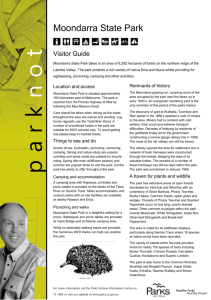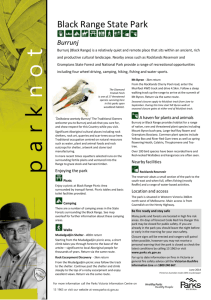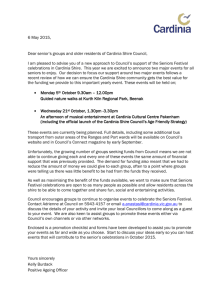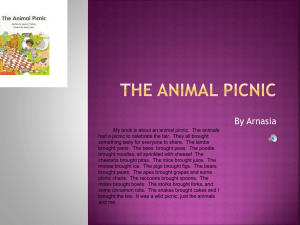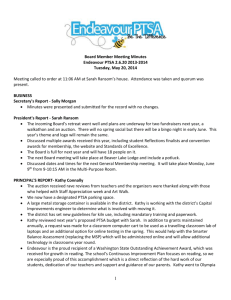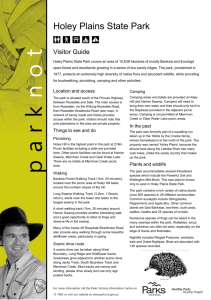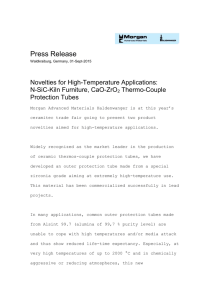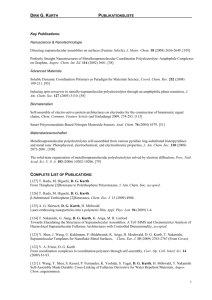Kurth Kiln Regional Park
advertisement
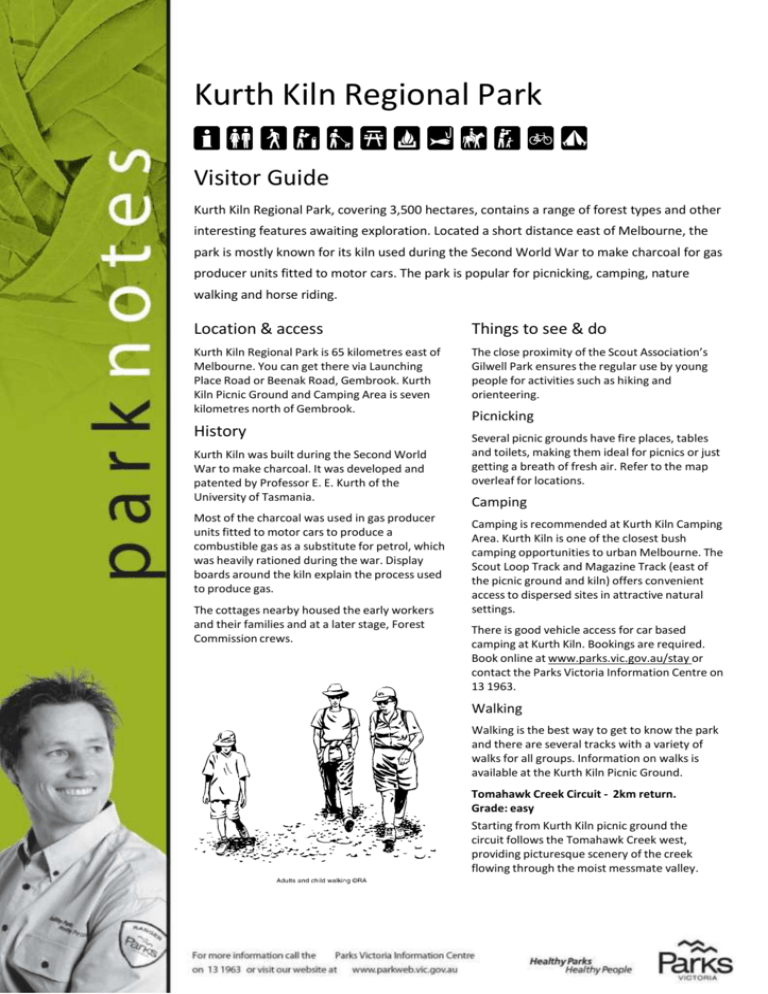
Kurth Kiln Regional Park Visitor Guide Kurth Kiln Regional Park, covering 3,500 hectares, contains a range of forest types and other interesting features awaiting exploration. Located a short distance east of Melbourne, the park is mostly known for its kiln used during the Second World War to make charcoal for gas producer units fitted to motor cars. The park is popular for picnicking, camping, nature walking and horse riding. Location & access Things to see & do Kurth Kiln Regional Park is 65 kilometres east of Melbourne. You can get there via Launching Place Road or Beenak Road, Gembrook. Kurth Kiln Picnic Ground and Camping Area is seven kilometres north of Gembrook. The close proximity of the Scout Association’s Gilwell Park ensures the regular use by young people for activities such as hiking and orienteering. History Kurth Kiln was built during the Second World War to make charcoal. It was developed and patented by Professor E. E. Kurth of the University of Tasmania. Most of the charcoal was used in gas producer units fitted to motor cars to produce a combustible gas as a substitute for petrol, which was heavily rationed during the war. Display boards around the kiln explain the process used to produce gas. The cottages nearby housed the early workers and their families and at a later stage, Forest Commission crews. Picnicking Several picnic grounds have fire places, tables and toilets, making them ideal for picnics or just getting a breath of fresh air. Refer to the map overleaf for locations. Camping Camping is recommended at Kurth Kiln Camping Area. Kurth Kiln is one of the closest bush camping opportunities to urban Melbourne. The Scout Loop Track and Magazine Track (east of the picnic ground and kiln) offers convenient access to dispersed sites in attractive natural settings. There is good vehicle access for car based camping at Kurth Kiln. Bookings are required. Book online at www.parks.vic.gov.au/stay or contact the Parks Victoria Information Centre on 13 1963. Walking Walking is the best way to get to know the park and there are several tracks with a variety of walks for all groups. Information on walks is available at the Kurth Kiln Picnic Ground. Tomahawk Creek Circuit - 2km return. Grade: easy Starting from Kurth Kiln picnic ground the circuit follows the Tomahawk Creek west, providing picturesque scenery of the creek flowing through the moist messmate valley. For further information Parks Victoria Information Centre Call 13 1963 or visit the Parks Victoria website www.parks.vic.gov.au Caring for the environment Help us look after your park by following these guidelines: Please take rubbish away with you for recycling & disposal All native plants & animals are protected by law. Please do not disturb them in any way Firearms are prohibited Dogs must be controlled on a leash Light fireplaces in the fireplaces provided in the picnic and camping areas. No fires may be lit on days of Total Fire Ban Keep to the constructed paths Thornton Walking Track – 2km return. Grade: moderate Also starting from the Kurth Kiln picnic ground, walk Thornton Walking Track north then east, parallel to Tomahawk Creek. Enjoy seven different plant communities on the way and the various sounds and smells of the bush environment. To make a loop return via Scout Loop Track and Soldiers Road. Ship Rock Falls - 300m return. Grade: easy From the Ship Rock picnic area a short walk from the car park will take you to the falls, where water tumbles over the weathered slabs of granite. Horse riding The park has many kilometres of tracks suitable for horse riding. A horse corral is located at Scout Loop Track. Bike riding There are good opportunities for mountain bike riding on “Horses, Walker & Bicycle Only” designated tracks. Observe signs for ‘management vehicles only’, ‘walkers only’ and ‘horses, walkers & bicycles only’ Swamp W allaby ©MT There is also a diverse mammal population active mostly at night. They include possums, Yellowbellied Gliders, Sugar Gliders and Greater Gliders that glide for up to 100 metres from tree to tree. Bush Rats and Antechinus (marsupial mice) may be spotted scuttling around on the forest floor. Birdlife is active. Keep a lookout for lyrebirds, honeyeaters, parrots and kookaburras. There are also Yellow-tailed Black Cockatoos, currawongs and butcherbirds. All roads and tracks in the park are public roads. Vehicles and motorbikes must be road registered and drivers and riders must be licensed Horse and mountain bike riding is permitted on roads and designated tracks , but is not permitted on ‘walkers on’ tracks or in picnic areas. Plants and wildlife The park has several plant communities ranging from Mountain Ash forest and riparian forest to shrubby foothill forest and swamp heathland. These support a rich flora and contain the rare plant Long Pink-bells, Tall Astelia and Brickmakers Saw-sedge. Healthy Parks Healthy People Visiting a park can improve your health, mind, body and soul. So, with over four million hectares of parkland available to Victorians, why not escape to a park today! The diversity of plant life attracts a range of wildlife including wombats, Swamp Wallabies and Echidnas. Community Involvement The management and preservation of Kurth Kiln Regional Park is actively assisted by the voluntary community group ‘Friends of Kurth Kiln’. Regular working bees are held to maintain the heritage and natural values of the park. To get involved visit www.parks.vic.gov.au or call 13 1963. July 2014 Printed on 100% Australian-made recycled paper
